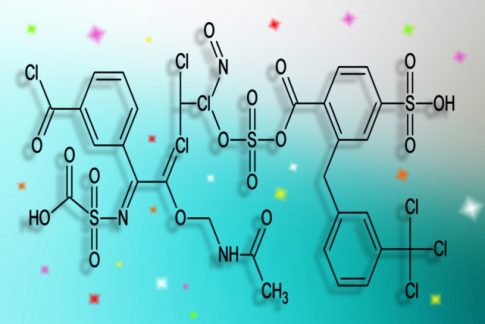The diagnosis of AGA (male pattern baldness) is made using several methods, taking into account the patient’s symptoms and family history. The main diagnostic methods are detailed below.
1. Interview
- Medical history: Review the onset and rate of progression of hair loss, family history, lifestyle, stress levels, etc.
- Identify symptoms: Ask about patterns of hair loss, presence of itching or pain, and other body hair changes.
2. Visual inspection
- Observation of scalp and hair condition: Observe changes in hair density, thickness, and color, as well as hair loss patterns.
- Use of Norwood-Hamilton classification: Used to assess the progression of AGA.
3. Palpation
- Scalp condition check: Check for stiffness, pain, and inflammation of the scalp.
4. Hair Pull Test
- Checking hair strength: Pull dozens of hairs gently to see how many hairs fall out. Normal hair does not fall out easily.
5. magnifying glass examination (Dermoscopy)
- Detailed observation of hair follicles: Using a magnifying glass called a dermoscope, the condition of hair follicles and hair shafts are observed in detail.
- Confirmation of miniaturization: Miniaturization of hair follicles (increase in thin, short hairs) is confirmed.
6. Trichogram
- Confirmation of the hair cycle: Microscopic examination of hair loss to determine the ratio of growing hairs to resting hairs; resting hairs increase in AGA.
7. Blood Test
- Measure hormone levels: Check testosterone and DHT (dihydrotestosterone) levels.
- Check for other health conditions: Tests are performed to rule out other causes of hair loss such as iron deficiency, thyroid dysfunction, and vitamin D deficiency.
8. Scalp Surgery
- Detailed tissue analysis: If necessary, a portion of the scalp is taken for histological analysis. This helps differentiate alopecia from other forms of alopecia such as inflammation and scarring.
9. Photographic Documentation
- Documentation of progression: Photographs are taken to document the progression of hair loss for diagnostic purposes.
Flow of Diagnosis
- Initial consultation: An interview and visual examination will be conducted to identify patterns and symptoms of hair loss.
- Detailed examination: Blood tests, trichograms, and scalp biopsies, as needed.
- Explanation of diagnosis: Based on the test results, the diagnosis of AGA is confirmed and a treatment plan is determined.
Post-diagnosis
Once the diagnosis is confirmed, the appropriate treatment is selected. Treatment options include oral finasteride and dutasteride, topical minoxidil, and even surgical treatments such as hair transplants. Early diagnosis and treatment are important to reduce the progression of symptoms and maintain hair health.









